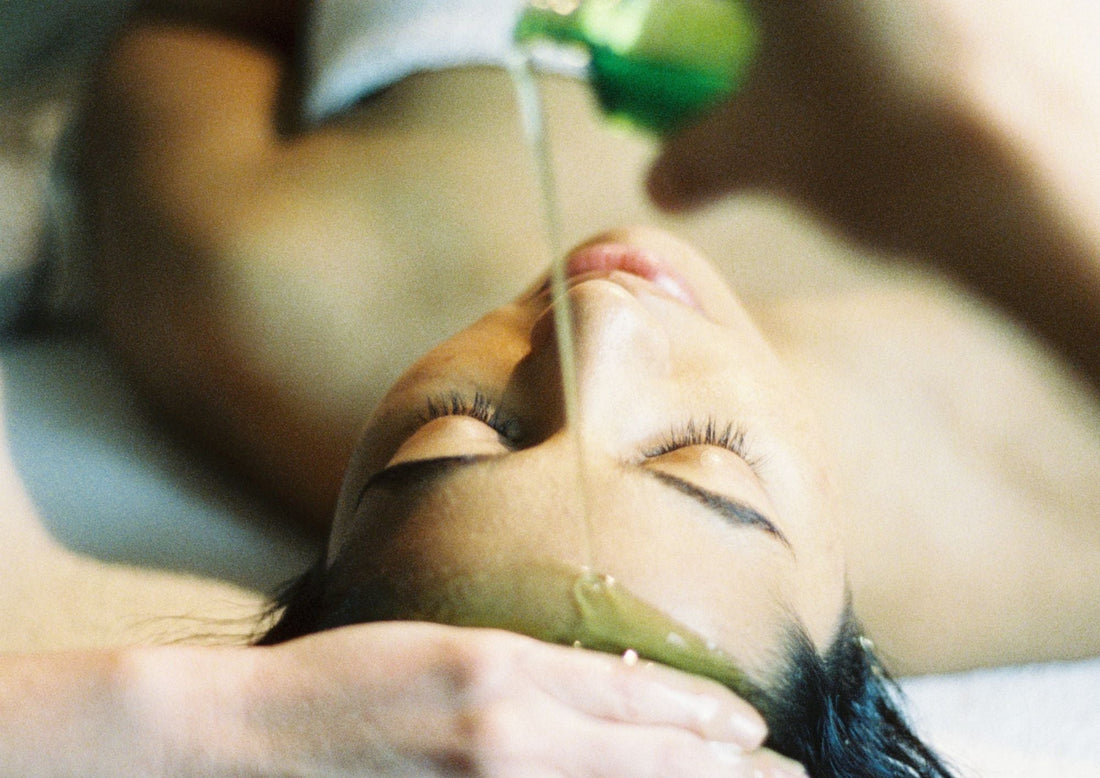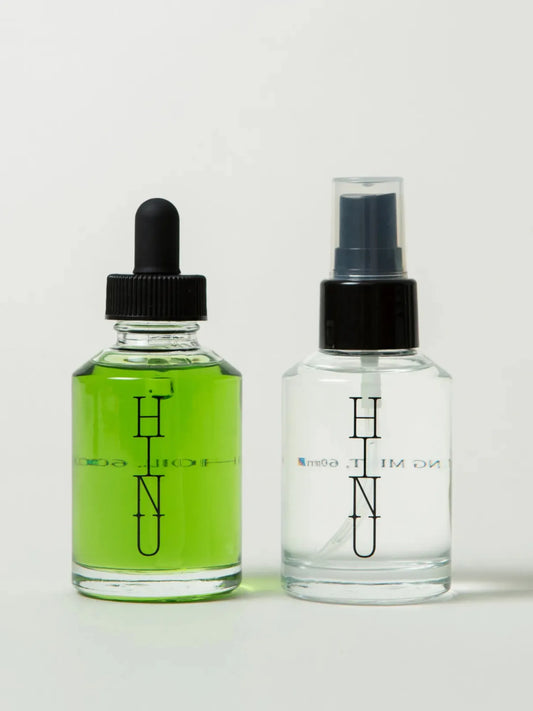
If you tend to have oily roots, the idea of adding more oil to your scalp can feel unnecessary. In practice, the opposite is true.
You've got Free Shipping!


$0.00 AUD
You've got Free Shipping!
If you tend to have oily roots, the idea of adding more oil to your scalp can feel unnecessary. In practice, the opposite is true.

If you tend to have oily roots, the idea of adding more oil to your scalp can feel unnecessary. In practice, the opposite is true.

Sign up to our newsletter
